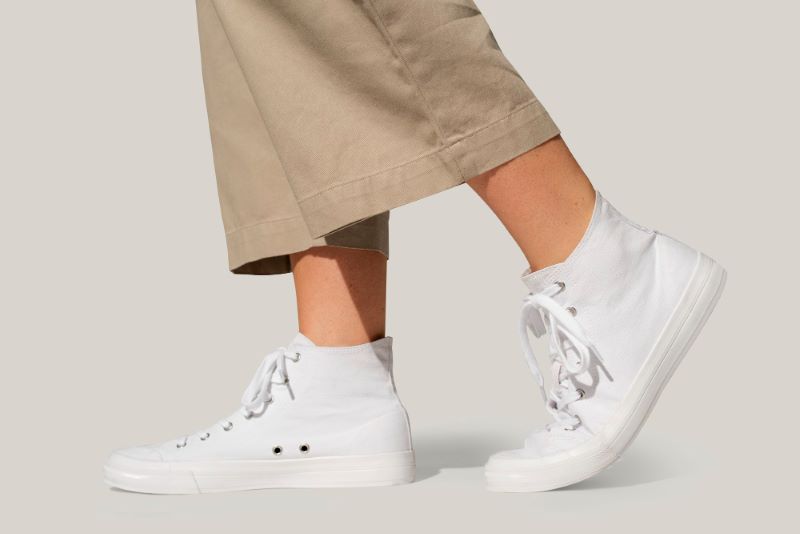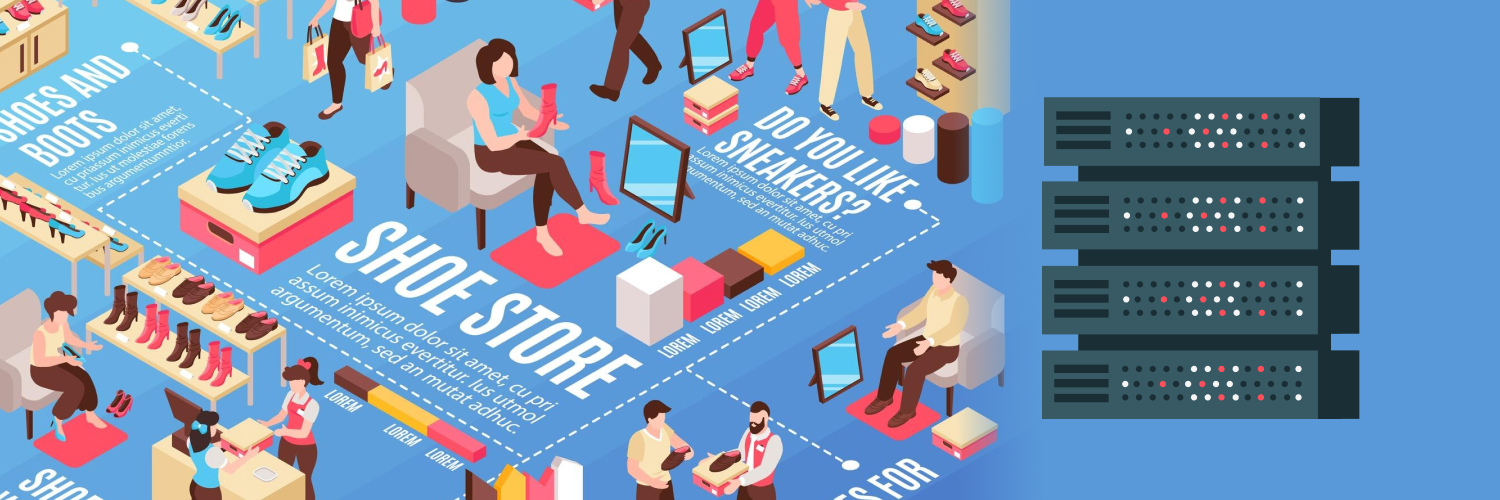Deadstock Sneakers 101: Why You Need To Cop Them
The sneaker market is more happening than ever. From Air Jordan 1s to Yeezy Boosts, there is a sneaker for everyone. However, with the market being so saturated, it can be hard to keep up with the latest trends and information. But guess what? You don’t necessarily have to cop new sneakers.
The older drops are just as profitable, if not more so. If you’re new to the sneaker market, you might not be familiar with deadstock sneakers. What is sneaker deadstock? It means that a particular sneaker is no longer being produced or has been out of stock for a long time with no indication of a restock.
Are deadstock sneakers valuable? How do you know when a sneaker is deadstock? Let’s go into detail about deadstock sneakers and how to cop them.
What Is a Deadstock Sneaker?

A deadstock sneaker is a shoe that’s no longer being produced by the manufacturer. Once a sneaker is deadstock, there are no more pairs available for retail, and the only way to get your hands on them is through the secondary market.
The term “deadstock” can also be used to describe the condition. A deadstock sneaker refers to a brand-new pair of kicks that have never been worn before, come in an undamaged box, and have all of their tags.
Because a deadstock sneaker is in perfect condition and is no longer being sold by the retailer, it often has a lot of value. That’s why resellers can make substantial profit margins off deadstock sneakers.
After knowing sneakers’ deadstock meaning, it’s also essential to understand some related terms. Two of these are:
- VNDS: VNDS is short for “very near deadstock sneakers.” The term refers to sneakers that are about to be deadstock. However, they are still available at some retailers. For instance, if the retailer does not indicate there is an upcoming restock and the sneakers are almost out of stock on the website, they could be VNDS.
- PADS: “Pass as deadstock sneakers” are a pair of shoes that can no longer be sold as brand-new because they have been worn before. Even though the pair is not deadstock, it’s still valuable because it’s rare, unavailable at the retailer’s store, and in good condition.
How To Know When a Sneaker Is Deadstock

Before you start reselling deadstock sneakers, you should know how to spot a rare sneaker. There are a few ways to tell if a sneaker is deadstock. Some of these indicators include:
- Is no longer being sold at retailers: The first and most obvious sign that a sneaker is deadstock is when you can’t find it at any brick-and-mortar stores or official websites.
- Is not available on the Nike/Adidas app: If a shoe is sold out on Nike’s SNKRS app or Adidas’s Confirmed app, it’s safe to say that the sneaker is deadstock.
- Has limited sizes available online: If you go on a website like StockX and see that there are no more pairs of a specific size, there has likely been no recent restock of that sneaker style.
- Has been sold out for a long time: Keep an eye on popular sneakers that sell out quickly. If a sneaker hasn’t been restocked in months or even years, it’s most likely deadstock.
- Is profitable for sellers: If you see sellers on StockX or eBay selling a pair of sneakers for far more than its retail price, you might be looking at a deadstock sneaker market.
You should join sneaker cook groups on Discord if you’re new to the deadstock sneaker market. These are sneakerhead communities where you’ll find like-minded people and fellow sneakerheads. You can pick up tips and tricks from these groups and learn about the latest sneaker releases.
How Do I Start Deadstock Sneaker Reselling?

Like with any other type of sneaker reselling, you have to start by copping the pairs you like. For that, you need sneaker bots and proxies.
A sneaker bot will automate the process of buying deadstock sneakers for you. It’s software designed to quickly buy sneakers before someone else gets their hands on them.
Proxies are IP addresses that will help you cop multiple pairs of sneakers. Most online stores limit the number of shoes one customer can buy. You can bypass these restrictions and purchase multiple shoes at once by using proxies. You can use the following types of proxies to cop a deadstock sneaker:
- Residential proxies: These proxies disguise your bot as a regular customer. They are the most expensive proxies, but they are also the most efficient. Rayobyte residential proxies are sourced from real residential users and are a very reliable type of proxy you can use to cop sneakers.
- Data center proxies: Data center proxies are less expensive than residential proxies, but they are also less efficient. They are sourced from data centers. Besides being cheaper, these proxies are also fast. Rayobyte data center proxies give you access to sneaker websites in more than 26 countries. Thus, you can enter the international deadstock sneaker market with these proxies.
- ISP proxies: These proxies combine the features of data center and residential proxies. Therefore, you can enjoy the high reliability of residential proxies and the fast speed of data center proxies at reasonable prices. Rayobyte ISP proxies, with their speed of 1 gigabit per second, are ideal for sneaker resellers who want uninterrupted sneaker copping.
After you’ve copped the sneakers, you can list them on StockX, GOAT, or any other sneaker marketplace. You can also opt for a consignment store if you want someone else to handle the selling process for you.
All these reselling sites have specific commission and processing fees that you need to pay. You should factor these costs in when setting the resale price of your sneakers.
Final Words

Deadstock sneaker reselling is a great option if you’re looking to make some quick money. You can start by joining sneaker cook groups and following sneaker release calendars. Then, use a sneaker bot and proxies to cop the sneakers you want. Rayobyte provides you with all types of proxies you need to ensure smooth, swift, and ethical sneaker copping. You can quickly turn your hobby into a profitable deadstock sneaker reselling business with some effort.
The information contained within this article, including information posted by official staff, guest-submitted material, message board postings, or other third-party material is presented solely for the purposes of education and furtherance of the knowledge of the reader. All trademarks used in this publication are hereby acknowledged as the property of their respective owners.




